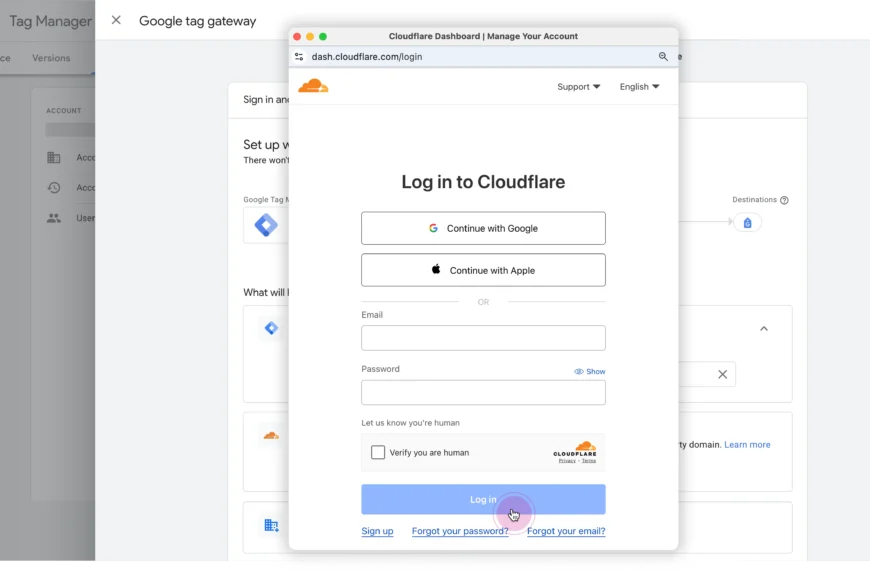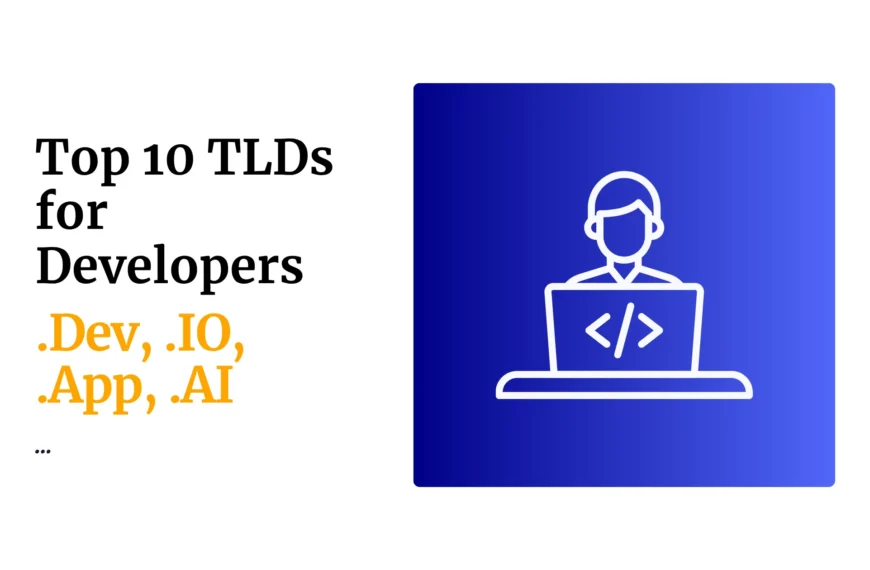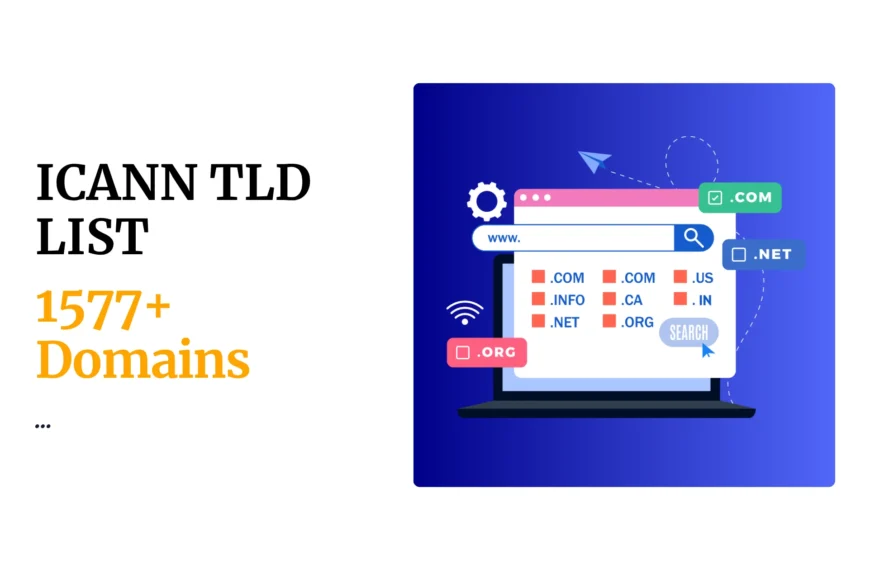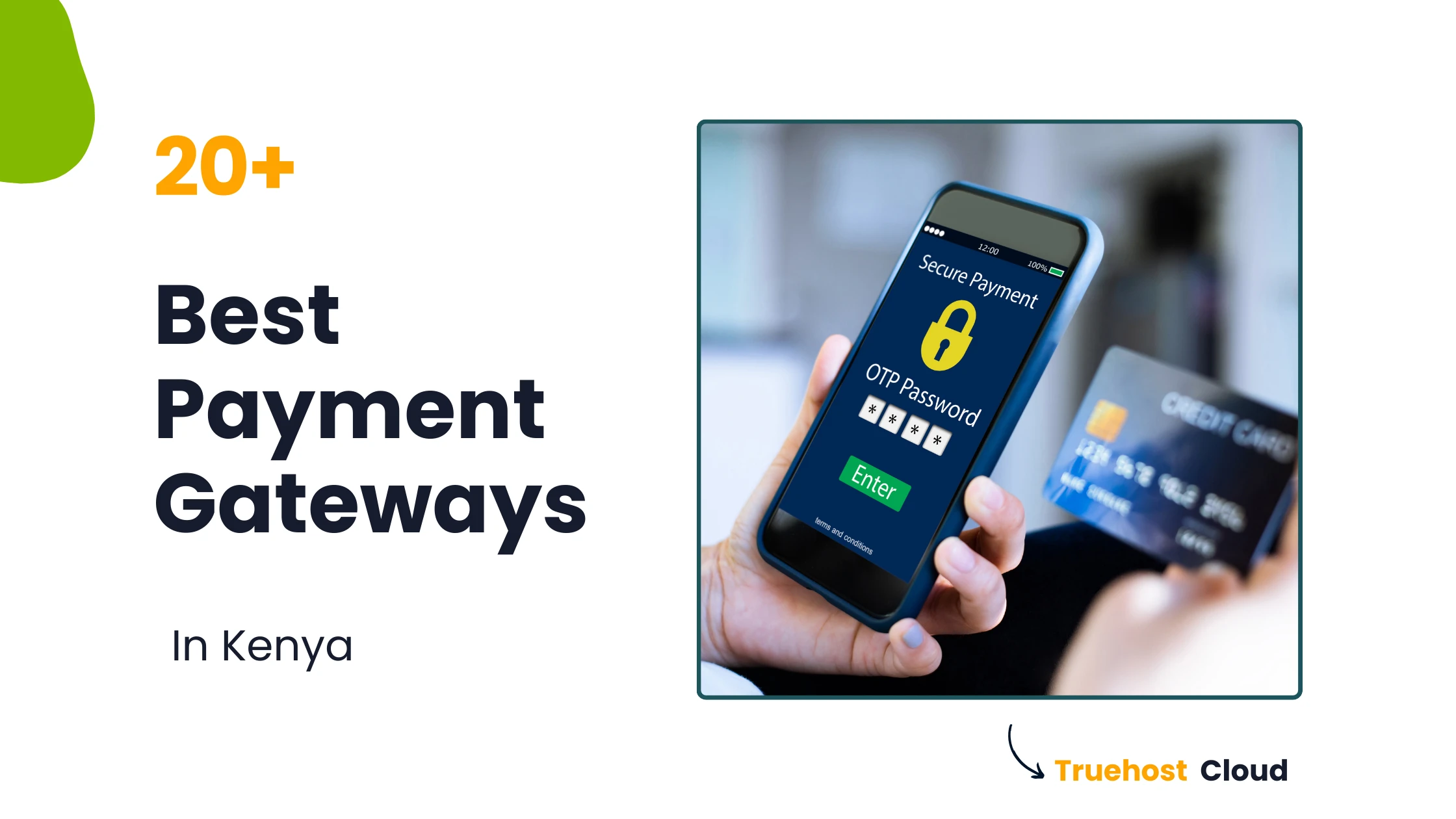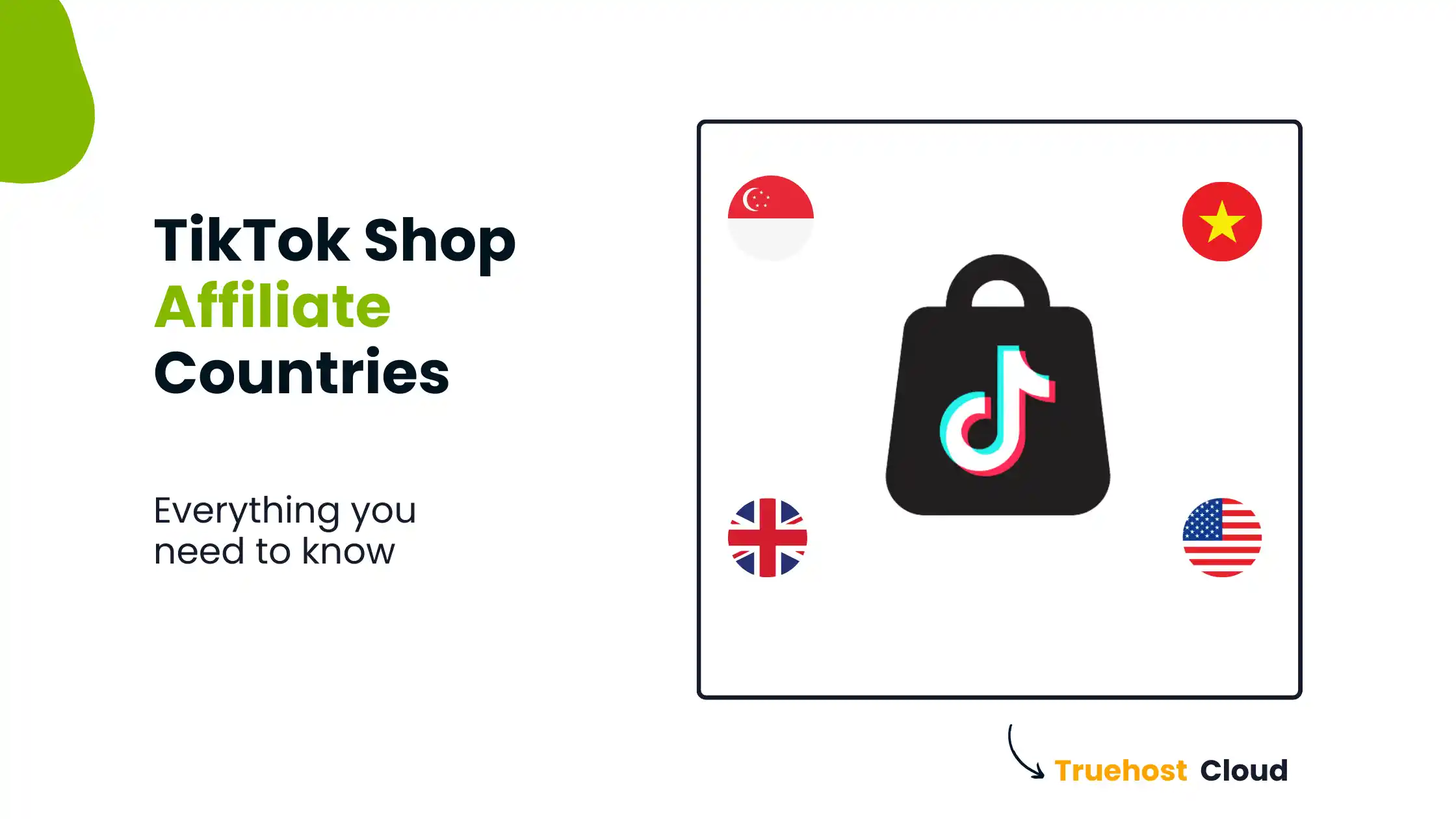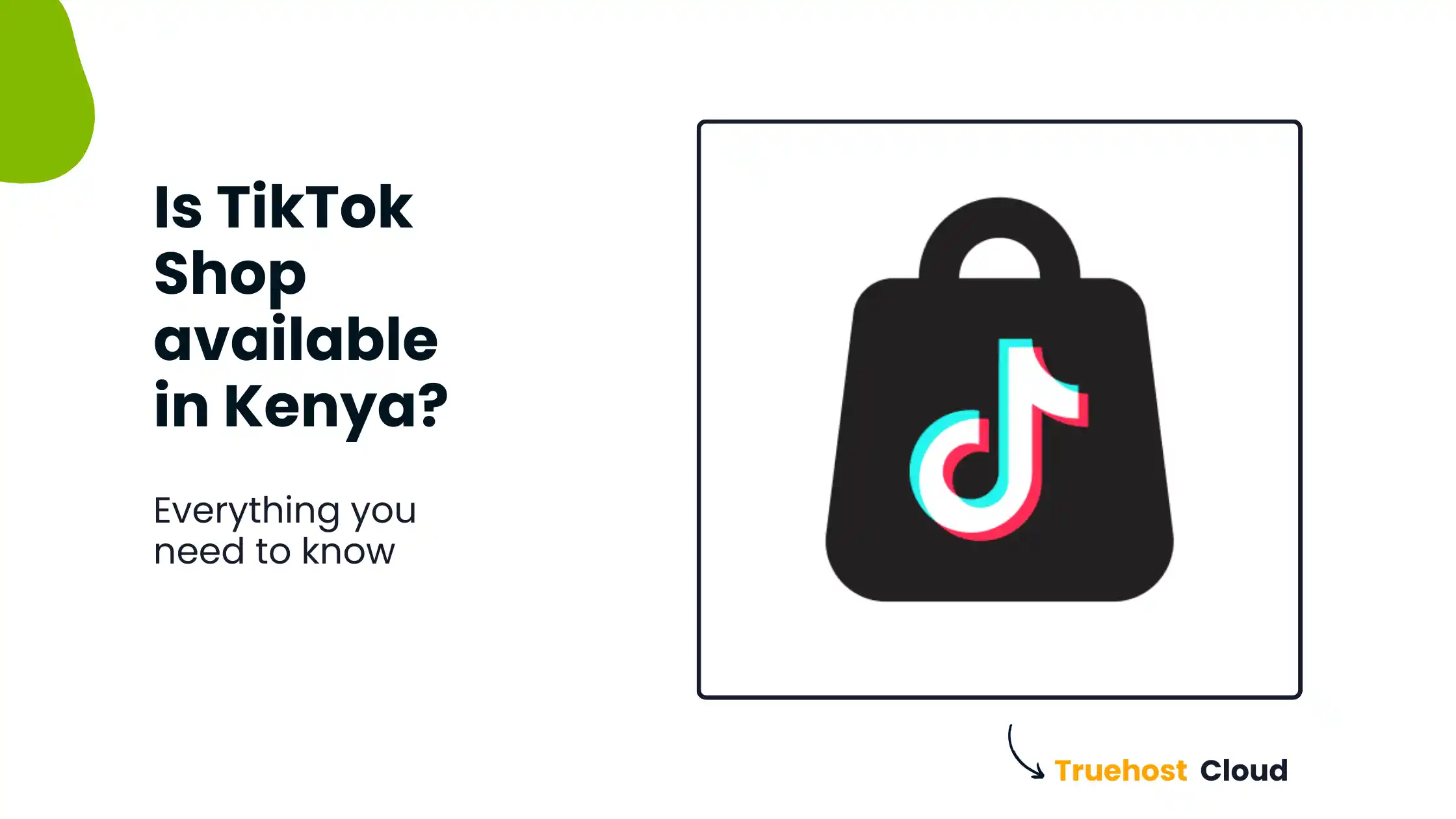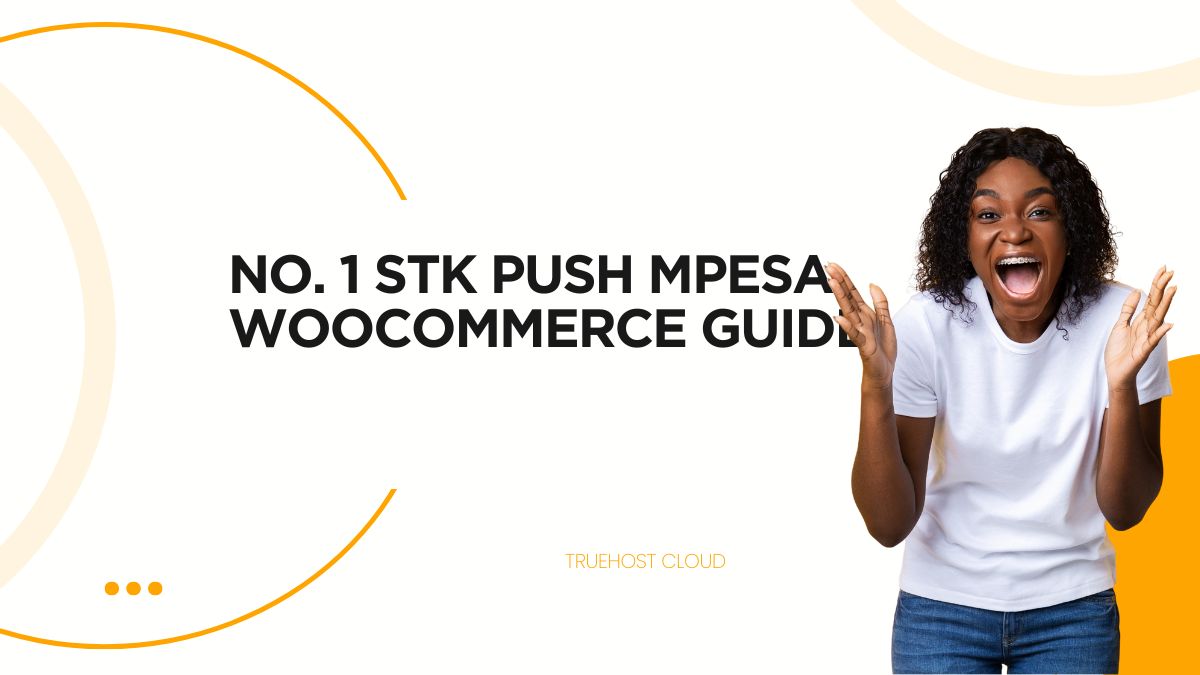If you have a Shopify store in Kenya and have been wondering why it’s not quite as successful as you’d like it to be, you’ve come to the right place!
Today, we’ll look at ways to analyze your store’s performance and find out why it’s not doing as well as you’d hoped.
So buckle up, and let’s see what we can learn!
What is Shopify?
Just in case you don’t know what we are talking about…
Shopify is an e-commerce platform that enables users to create and manage their own online stores.
The platform provides users with a range of tools and features to help them sell their products or services online, including customizable store templates, payment processing, inventory management, and marketing tools.
Shopify also offers a range of integrations with other platforms and services, making it easy for users to manage their online stores and run their businesses.
What is Performance Analysis?
Performance analysis is the process of measuring and evaluating the performance of a business or organization.
It involves gathering, analyzing, and interpreting data to better understand the business’s performance and identify improvement areas.
Performance analysis can assess various aspects of a business such as customer satisfaction, website performance, marketing effectiveness, cost efficiency, and financial performance.
Benefits of Performance Analysis
Analyzing an online store’s performance is essential for a number of reasons.
a). Understand where to improve
Firstly, it allows the store owner to understand how their store is performing and identify areas where they can improve.
This can include things like the overall sales and revenue of the store, the number of visitors to the site, and the most popular products or services.
b). Identify issues impacting your growth
Secondly, analyzing your store’s performance can help you identify any potential problems or issues impacting the store’s success.
For example, suppose the store is not generating as much revenue as expected. In that case, the owner can investigate and determine the cause, whether it be low traffic, low conversion rates, or other factors.
c). Spot opportunities
You can easily identify opportunities for growth and expansion.
If you can understand the strengths and weaknesses of your store, then it becomes easy to focus on areas where you can improve and capitalize on new opportunities as they arise.
Now that you know why this is crucial, let’s get down to business?.
Preparing to Analyze Your Shopify Store’s Performance in Kenya
a. Gather Data
The first step in performance analysis for your Shopify store in Kenya is to gather data.
This includes data from your website, eCommerce platform, social media accounts, and any other sources that provide relevant information about your business.
For example, Google Analytics can show you the average page load times for your site, the number of unique visitors to your site, and the behavior of these visitors (e.g. which pages they visit, how long they spend on the site, and whether they make a purchase).
This data can then be used to identify trends and areas needing improvement.
b. Set Benchmarks
The next step is to set benchmarks.
This involves setting specific goals and objectives for your business and then measuring performance against these goals.
Setting benchmarks helps to identify areas of success and improvement, which can then be addressed.
Related: How to Find What To Sell On Shopify Stores in Kenya
c. Define Key Performance Indicators (KPIs)
Once the goals and objectives have been set, it is time to define key performance indicators (KPIs).
These KPIs can help measure your business’s success and provide a basis for comparison against other businesses in Kenya.
Analyzing Your Shopify Store’s Performance in Kenya
Now that you have the data, it is time to start poking around and see what you can find.
a. Website Traffic
The first KPI to analyze is website traffic.
To analyze website traffic for your Shopify store in Kenya, you can use tools like Google Analytics to track and monitor key metrics related to the number of visitors to your site and their behavior.
Some key metrics to look for include:
- The number of unique visitors to your site: This metric can give you an idea of the overall reach of your store and how many people are visiting your site.
- The traffic sources for your site: This can help you understand where your visitors are coming from, such as search engines, social media, referral sites, or direct traffic.
- The pages that are most visited on your site: This can give you an idea of which pages on your site are the most popular and which ones may need improvement.
- The bounce rate for your site: This metric measures the percentage of visitors who leave your site after viewing only one page. A high bounce rate may indicate that your site is not providing a good user experience or that visitors are not finding what they are looking for.
By analyzing these metrics, you can get a better understanding of your website traffic and identify areas for improvement in order to increase the number of visitors to your site and improve their experience.
b. Conversion Rate
The next KPI to analyze is the conversion rate. This is the percentage of visitors who take a desired action such as making a purchase or subscribing to an email list.
A high conversion rate indicates that your store effectively converts visitors into customers or subscribers.
Here’s how you can analyze the conversion rate for your Shopify store using Google Analytics:
- Login to your Google Analytics account and navigate to the “Conversions” section.
- Select “E-commerce” and then “Overview” to view the overall conversion rate for your store.
- You can also view the conversion rate for specific pages on your site by navigating to the “Behavior” section and then selecting “Site Content” and “All Pages”. This will show you the conversion rate for each page on your site.
- To identify which pages on your site have a high conversion rate, you can sort the pages by conversion rate in descending order. This will show you the pages with the highest conversion rate at the top of the list.
NOTE:
To improve the conversion rate for your site, you can try to identify why some visitors are not converting.
For example, if the checkout process is long and complicated, you can simplify it to make it easier for visitors to complete their purchases.
You can also try to improve the content and design of your product pages to make them more appealing and informative to potential customers.
c. Bounce Rate
Bounce rate is a metric that measures the percentage of visitors to your site who leave after viewing only one page.
With that in mind, a high bounce rate can indicate that your site is not providing a good user experience or that visitors are not finding what they are looking for on your site.
To analyze the bounce rate for your Shopify store, you can use tools like Google Analytics.
Follow these steps:
- Login to your Google Analytics account and navigate to the “Audience” section.
- Select the “Overview” sub-section, and then click on “Bounce Rate” in the metrics section to view the bounce rate for your site.
- You can also view the bounce rate for specific pages on your site by navigating to the “Behavior” section and then selecting “Site Content” and “All Pages”. This will show you the bounce rate for each page on your site.
- To identify which pages on your site have a high bounce rate, you can sort the pages by bounce rate in descending order. This will show you the pages with the highest bounce rate at the top of the list.
If things are that bad, there are some things you can do to improve the bounce rate for your site.
Try to identify why visitors leave after viewing only one page.
For example, if the page has a slow loading time, you can try to optimize the page to reduce the loading time.
You can also try to improve the content and design of the page to make it more engaging and relevant to visitors.
d. Shopping Cart Abandonment Rate
This is an essential metric that measures the percentage of online shopping carts that customers abandon before completing the checkout process.
On Shopify, you can measure your abandonment rate by dividing the number of abandoned checkout sessions by the total number of checkout sessions and then multiplying the result by 100 to express it as a percentage.
A high cart abandonment rate typically indicates that many customers add items to their shopping cart but leave the website without completing the checkout process.
Some factors, such as complicated checkout processes, slow loading times, high shipping costs, or a lack of trust in the website, can cause this.
On the other hand, a low cart abandonment rate indicates that a relatively small number of customers are abandoning their shopping carts, which could be a sign that your website is providing a good customer experience and making it easy for customers to complete their purchases.
As you can guess, we are going for the low rate.
Either way, this analysis should help to identify areas where the checkout process is not working as well as it could be and can be improved.
e. Revenue & Profit
Revenue and profit are two of the most important KPIs for your business in Kenya.
To measure revenue and profit for a Shopify store, you can use the “Orders” and “Sales” reports in the Shopify dashboard.
The “Orders” report shows you the total number of orders placed in your store and the total revenue generated from those orders.
The “Sales” report shows you a breakdown of your revenue by sales channel, payment gateway, and other factors, which can help you see where your most profitable sales are coming from.
This analysis will help identify areas where revenue and profit can be increased by changing your business.
f. Customer Retention
To improve profits and revenue, you need to look at this KPI.
Customer retention measures the percentage of customers who continue to make purchases from a business over a given period.
On a Shopify store in Kenya, you can measure customer retention by looking at the number of repeat customers and the average number of purchases that customers make over time.
And to calculate your customer retention rate, you can divide the number of repeat customers by the total number of customers you have, and then multiply the result by 100 to express it as a percentage.
Generally speaking, a customer retention rate of 75-85% is considered good, while a rate above 85% is considered excellent.
However, it’s important to remember that every business is different, and what might be considered a good retention rate for one business might not be the same for another.
It’s always best to compare your retention rate to other businesses in your industry to get a better idea of how you’re doing.
Improving Your Shopify Store Performance in Kenya Based on Analysis
Now that you know how your store is performing, it is time to take some action.
a. Optimize Website Design & Content
Once you have identified areas where performance can be improved, optimizing the website design and content is next. This includes making changes to the layout and navigation and improving the website’s content.
b. Implement Strategies for Increasing Traffic & Conversions
The next step is to implement strategies for increasing traffic and conversions.
This includes implementing SEO strategies such as keyword research and link building, as well as utilizing social media and advertising to reach potential customers.
c. Focus on Retention & Loyalty Programs
Finally, focus on retention and loyalty programs. This includes offering incentives such as discounts and free shipping for repeat customers and creating a loyalty program to reward customers for their loyalty.
Final Thoughts
Once you have a better understanding of Shopify, thanks to performance analysis, it is time to apply that knowledge to your shop in Kenya.
Analyzing your shop’s performance can be a great way to identify potential issues and find solutions.
With the right tools and strategies, you can ensure your shop runs at its peak performance level.
Good luck!
Related: 7 Online Business Ideas in Kenya with No Initial Registration Fee
 Domain SearchInstantly check and register your preferred domain name
Domain SearchInstantly check and register your preferred domain name Web Hosting
Web Hosting cPanel HostingHosting powered by cPanel (Most user friendly)
cPanel HostingHosting powered by cPanel (Most user friendly) KE Domains
KE Domains Reseller HostingStart your own hosting business without tech hustles
Reseller HostingStart your own hosting business without tech hustles Windows HostingOptimized for Windows-based applications and sites.
Windows HostingOptimized for Windows-based applications and sites. Free Domain
Free Domain Affiliate ProgramEarn commissions by referring customers to our platforms
Affiliate ProgramEarn commissions by referring customers to our platforms Free HostingTest our SSD Hosting for free, for life (1GB storage)
Free HostingTest our SSD Hosting for free, for life (1GB storage) Domain TransferMove your domain to us with zero downtime and full control
Domain TransferMove your domain to us with zero downtime and full control All DomainsBrowse and register domain extensions from around the world
All DomainsBrowse and register domain extensions from around the world .Com Domain
.Com Domain WhoisLook up domain ownership, expiry dates, and registrar information
WhoisLook up domain ownership, expiry dates, and registrar information VPS Hosting
VPS Hosting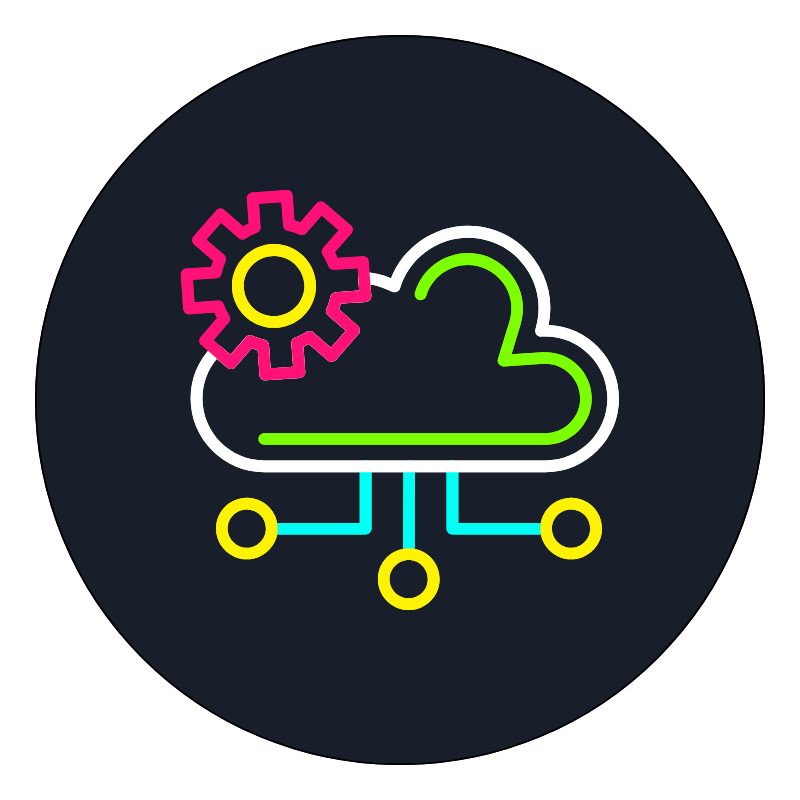 Managed VPSNon techy? Opt for fully managed VPS server
Managed VPSNon techy? Opt for fully managed VPS server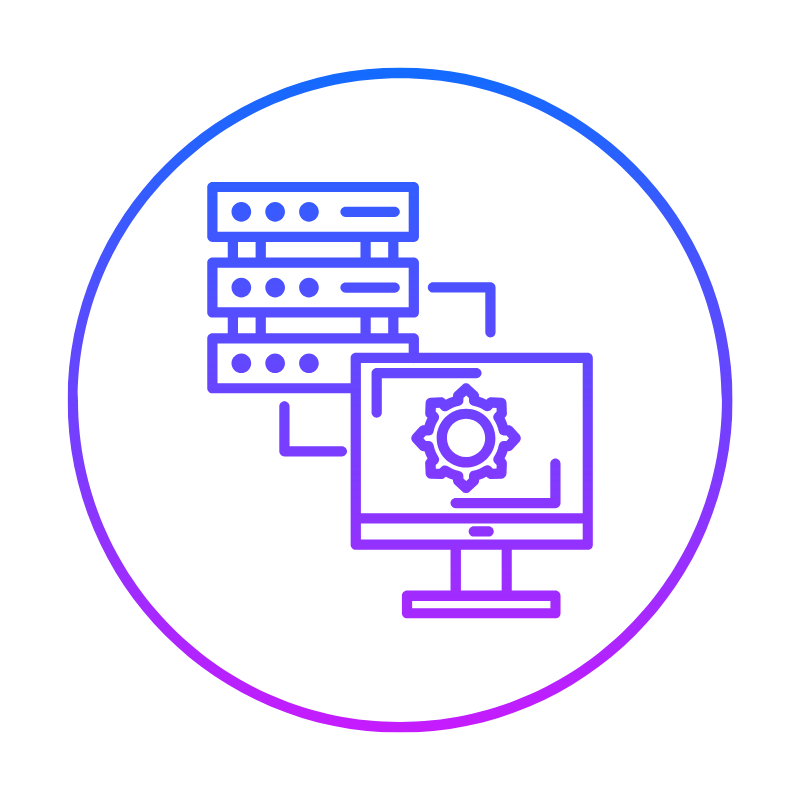 Dedicated ServersEnjoy unmatched power and control with your own physical server.
Dedicated ServersEnjoy unmatched power and control with your own physical server.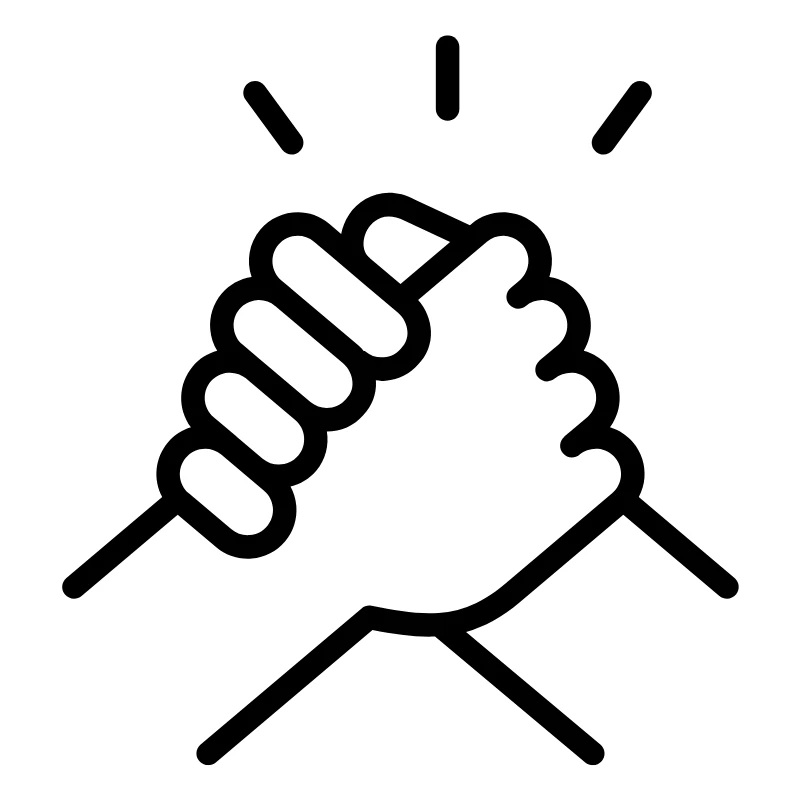 SupportOur support guides cover everything you need to know about our services
SupportOur support guides cover everything you need to know about our services

